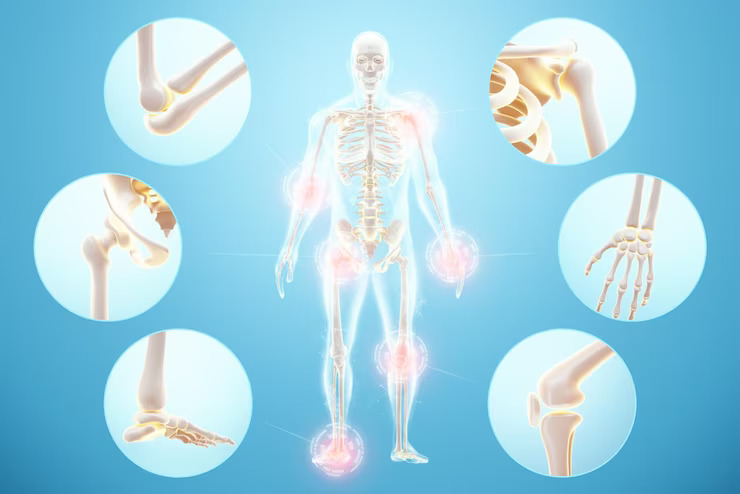
Discoid Meniscus Treatment
In order to try to secure the meniscus into the optimum position in these cases, we conduct inside out sutures rather than all inside devices due to the degenerative nature of the discoid meniscus generally. To ensure that they do not develop knee arthritis, individuals who need to have a discoid lateral meniscus resected or saucerized (reshaped into a crescent) should be continuously monitored. This is due to the lateral meniscus’s capacity to absorb up to 70% of lateral compartment trauma.
Because discomfort or swelling with activity is a common symptom of early onset arthritis, people are recommended to inform their doctors or return for an evaluation. Standing radiographs of the patient should be taken periodically to check for osteophyte (bone spur) production and a narrowing of the joint space. The use of an unloader brace is recommended for individuals who have had a lateral meniscus removed and are misaligned, particularly for genu valgus alignment if the patient’s growth plates are still open, may be necessary.
Conditions Treated
- Sutures are used to place the meniscus as best as possible
- Recommend braces for crooked joints, particularly in the growing stages
- Patients having resected or reshaped meniscus should have routine monitoring
Emergency?
24 Hour Ready
Call Us for Emergency
+91-9828501360
Book an Appointment
Seamless Fitness Care Access: Booking an Appointment with Your
Trusted Doctor
Discoid Meniscus Treatment FAQ's
A discoid meniscus is an anatomical variation in the knee joint where the meniscus, which acts as a cushion and stabilizer, is larger and more disk-shaped than the normal C-shaped meniscus.
Recovery time can vary depending on the type of surgery and the individual. Typically, patients can start weight-bearing and walking soon after surgery, but it may take several weeks to months to return to full activity.
Yes, physical therapy is often recommended to help with rehabilitation and to regain strength and mobility in the affected knee.